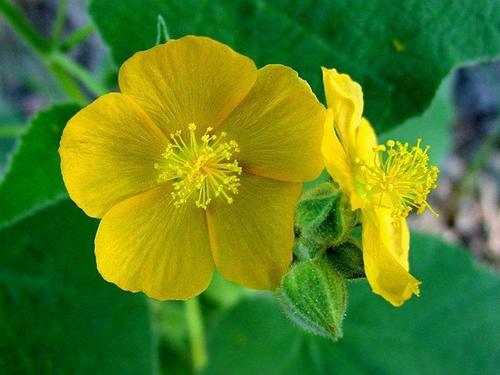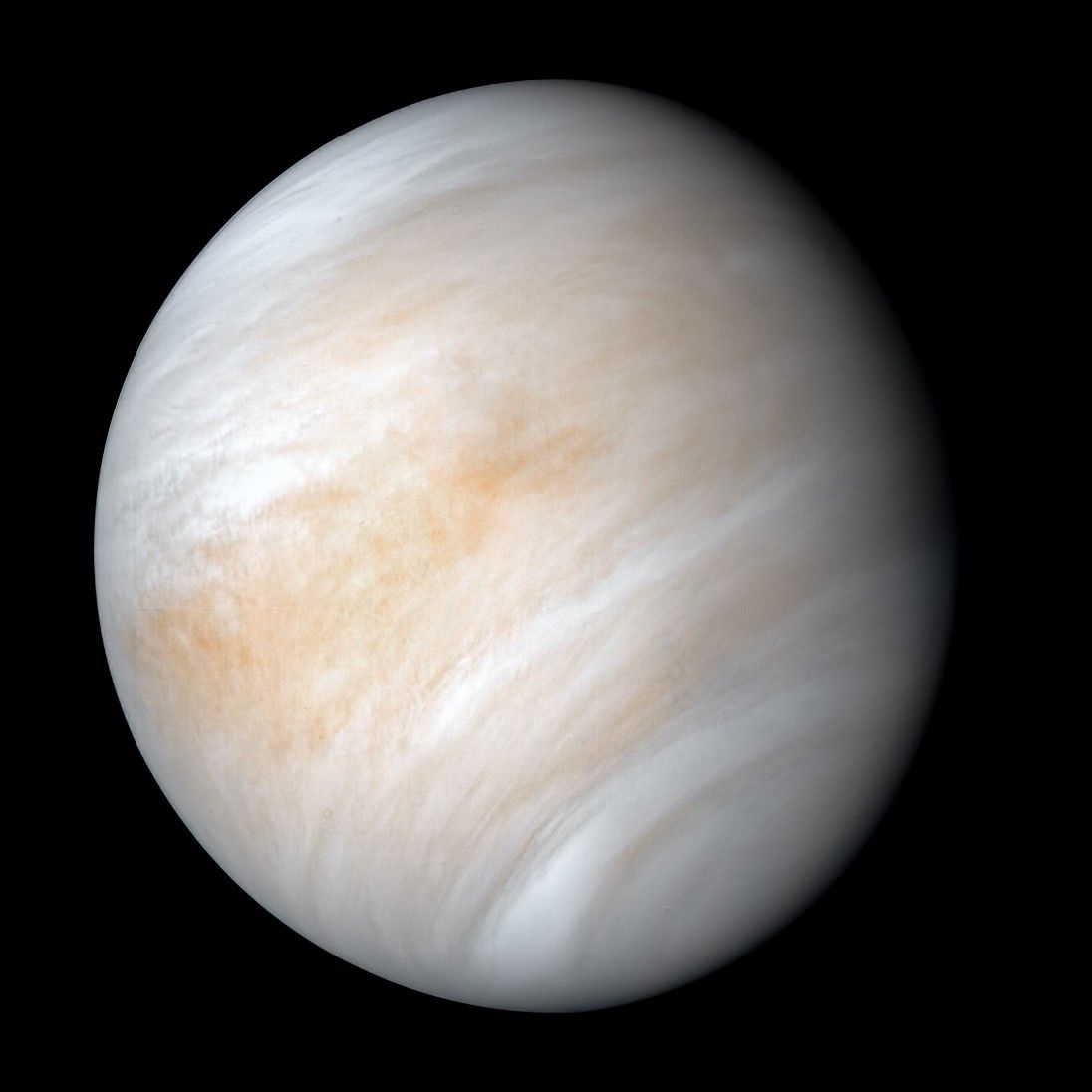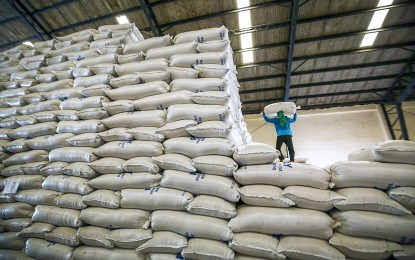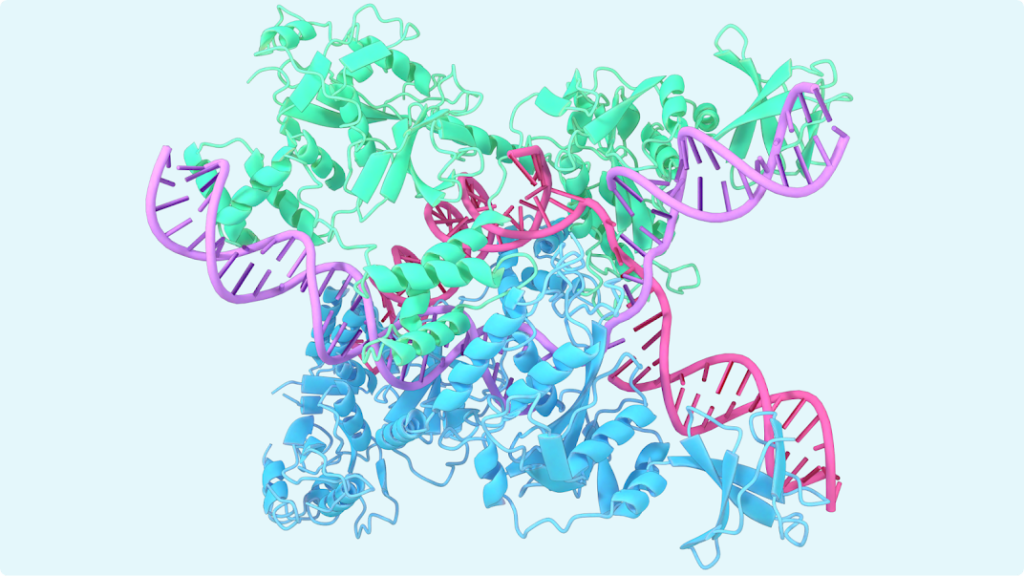Indian mallow, also known as Giling-gilingan, is a flowering plant belonging to the mallow family (Malvaceae). It's widely distributed across tropical and subtropical regions, including India, where it has a long history of use in traditional medicine. While research is ongoing, several potential medicinal properties are associated with this plant. However, it's crucial to remember that this information is for educational purposes only and should not be considered medical advice. Always consult a healthcare professional before using Indian mallow or any other herbal remedy.
Traditional Uses and Potential Benefits:
Indian mallow has been traditionally used to treat a wide range of ailments, including:
-
Wound healing: The plant's leaves are often applied topically to wounds, burns, and skin ulcers due to their potential anti-inflammatory and antimicrobial properties. The mucilage present in the leaves may help soothe irritated skin and promote healing.
-
Respiratory ailments: Traditional medicine utilizes Indian mallow to address respiratory issues like coughs, bronchitis, and asthma. Its demulcent properties may help soothe irritated mucous membranes.
-
Gastrointestinal problems: The mucilage can also act as a mild laxative and may help relieve constipation and other digestive issues. It's believed to have a protective effect on the gastrointestinal lining.
-
Other uses: Indian mallow has also been traditionally used for treating various other conditions, including urinary tract infections, menstrual disorders, and inflammation.
Scientific Research:
While many traditional uses are supported by anecdotal evidence, scientific research on Indian mallow is still limited. However, studies have shown:
-
Antioxidant activity: Extracts from Indian mallow have demonstrated antioxidant properties, which may contribute to its anti-inflammatory and wound-healing effects.
-
Antimicrobial activity: Some research suggests that Indian mallow possesses antimicrobial activity against certain bacteria and fungi.
-
Anti-inflammatory activity: Studies have indicated potential anti-inflammatory effects, which could explain its use in treating various inflammatory conditions.
Important Considerations:
-
Limited research: More rigorous scientific studies are needed to fully validate the traditional uses and potential benefits of Indian mallow.
-
Dosage and preparation: The appropriate dosage and preparation methods for Indian mallow are not standardized. It's essential to consult a qualified healthcare professional or a knowledgeable herbalist for guidance.
-
Potential interactions: Indian mallow may interact with certain medications. Always inform your doctor about all herbal remedies you are using.
-
Allergic reactions: Some individuals may be allergic to Indian mallow. Start with a small amount to test for any adverse reactions.
Conclusion:
Indian mallow has a rich history of use in traditional medicine, and emerging research suggests potential benefits in wound healing, respiratory ailments, and other conditions. However, more scientific studies are necessary to confirm these effects and establish safe and effective usage guidelines. Always prioritize safety and consult a healthcare professional before using Indian mallow for medicinal purposes. Self-treating can be risky, and professional guidance is crucial for ensuring your health and well-being.













/https://tf-cmsv2-smithsonianmag-media.s3.amazonaws.com/filer_public/54/66/546650fa-26a4-40fd-8d6d-5a7a04540f81/rosetta2.png)
:max_bytes(150000):strip_icc():focal(999x0:1001x2)/robert-prevost-050825-1-39395418ab494da5a3a700c9478e66c8.jpg)















































format(webp))
format(webp))

























